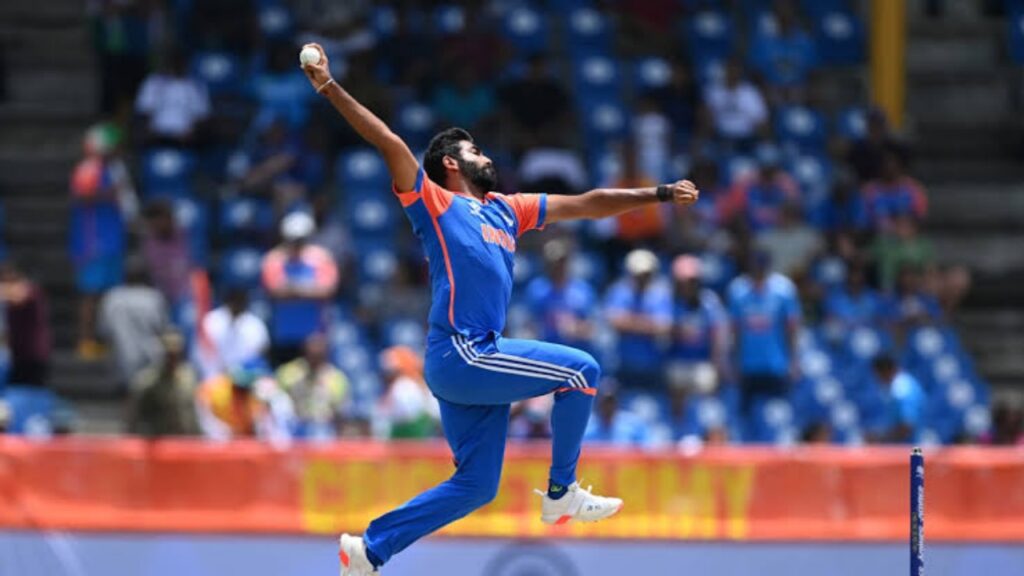After the exciting Test match at The Oval earlier this month, Shubman Gill said there was no need to change anything in Test cricket rules. And he might be right, because all the games in the India England Test series were so close and interesting.
But what about the shorter formats like One Day Internationals (ODIs) and T20s? Well, the International Cricket Council (ICC) has made some changes to the rules for white ball cricket.”One of the new updates, set to be tried out from October, focuses on changing how the wide ball rule is applied.”

What Is the New Rule About?
In cricket, a “wide” is when the bowler throws the ball too far from the batter so they can’t reasonably hit it. Usually, umpires use the batter’s standing position to decide if it is a wide or not. But sometimes, batters move around in their crease before the bowler releases the ball, which can make things tricky.
Under the ICC’s new trial rule, the batter’s leg position at the exact moment the ball is released will now serve as the primary reference for deciding whether it is a wide. If the ball travels between the leg stump and a special “protected area” mark close to the crease, it will no longer be counted as a wide. To make things easier for umpires, this protected area line will now stretch right up to the popping crease.
What Does This Mean?
If the ball goes just a little behind the batter’s legs but stays within close range, it won’t be considered a wide. However, if the ball goes too far behind the batter’s legs and is outside the line when it crosses the crease, it can still be given as a wide. Before this change, even if the batter moved, the ball might still be called a wide depending on their new position. This sometimes gave the batter an advantage because they could step away and make a normal ball look wide.
How Was It Before?
As per the current rule, a ball may be called a wide if it travels beyond the reach of the batter’s current stance or the position they had taken earlier, Once the bowler begins their run up. but it should also be judged as if the batter was standing normally. This allows the batter’s movement to influence the umpire’s decision. The ICC’s new rule, however, gives umpires a fixed reference point the protected area line which won’t change no matter where the batter moves.
Why This Change?
The idea is to make things fairer for bowlers. Batters often move around to make scoring easier, but this can make judging wides harder. With a fixed line as a guide, it becomes easier for the umpire to decide, and bowlers get a little more room to work with.
When Will We See It?
The updated wide ball rule is set to be tested in matches beginning this October. If it works well, it could become a permanent part of white ball cricket rules in the future.Cricket fans will soon find out if this small change makes a big difference in how the game is played.